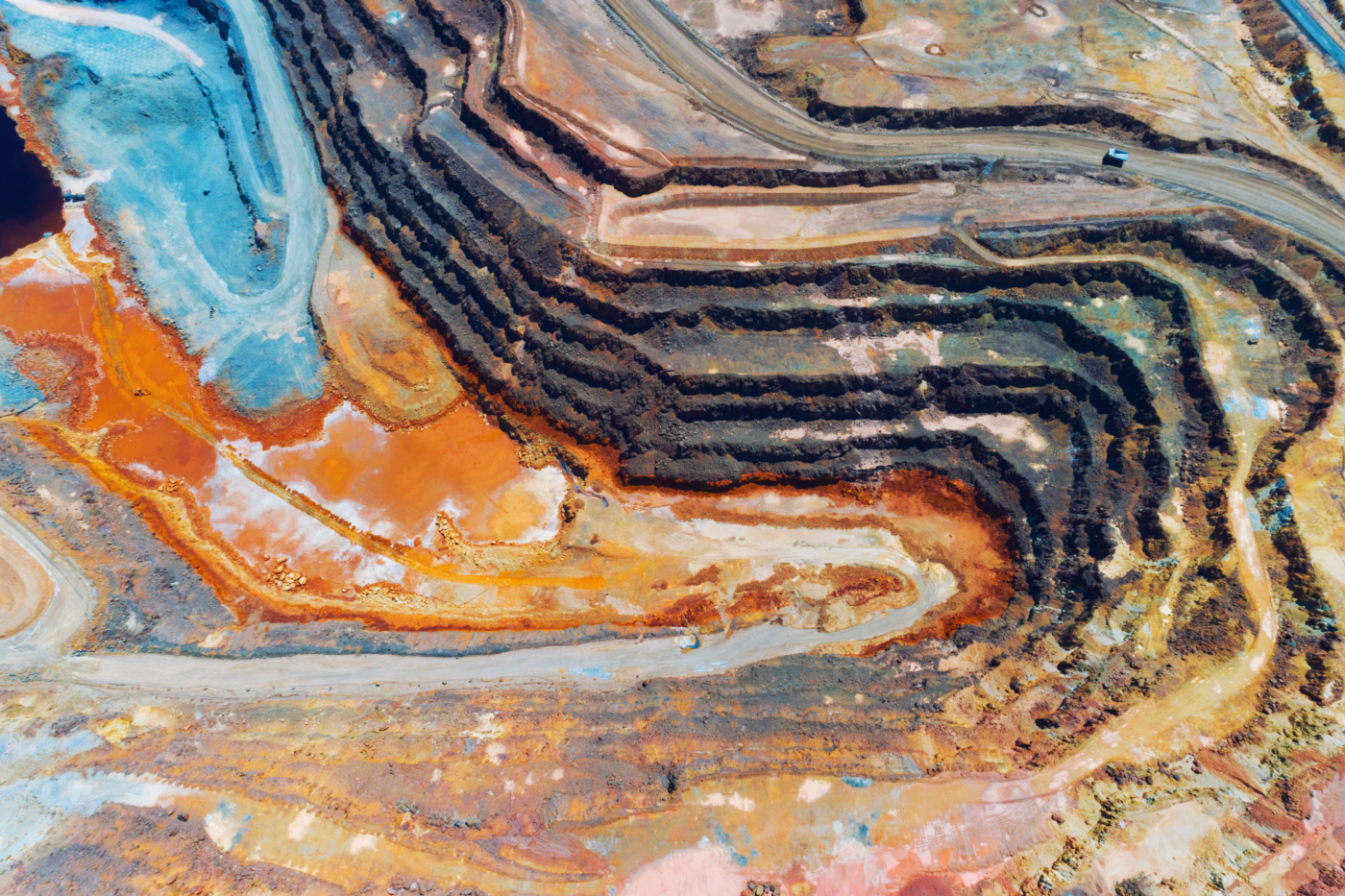Zero waste recovery of copper tailings in the East and Southeast Europe
The RIS-CuRE innovation project supported by EIT RawMaterials aims at establishing a network of copper value chain stakeholders in the East and Southeast Europe (ESEE) to promote an innovative service for the zero waste extraction of metals (Cu, Ag, As, Au, and REE) from Cu mining wastes, generated during past mining activities. This will contribute towards increased competitiveness in the region and serve as a source of metals for the EU. Two tailings will be addressed, utilising optimal extraction technology.
Although mining and processing tailings can present a substantial risk to the environment, on the other hand, they represent valuable sources of secondary and in particular critical raw materials. Serbia and the Republic of North Macedonia have an abundance of Cu mines which have been exploited since ancient times. These activities generated about 920 M tonnes of different types of mining, floatation and metallurgical tailings, containing approximately 1.3 M tonnes of Cu, 128 tonnes of Ag and 23 tonnes of Au, which could be a valuable resource for the European raw materials sector.
Collaboration for sustainable copper value chain
The activities of the RIS‐CuRE project are based on an innovation model merging all relevant stakeholders within the knowledge triangle (partners from leading industry, research and education) to increase regional competitiveness based on a regional scale, taking into account the latest know‐how of the RIS‐CuRE consortium. This innovative approach is based on the zero-waste paradigm, which means that, once valuable raw materials such as critical raw materials (CRMs) and other metals are extracted, the residues can be recycled for the construction sector. Such a holistic eco‐innovative approach to the extraction of valuable metals and the beneficial use of residues after the extraction of metals provides a guarantee for the successful development of a regional innovation scheme based on the exploitation of tailings, and is, from the economic, organisational, technological, environmental and social points of view, the most viable option. This will lead to the development of an encouraging environment for the boosting entrepreneurship and intrapreneurship in the region, based on the exploration of secondary deposits.
The final output of the project will be a strong sustained regional network, based on validated and fact‐based data, including a study of the potential economic, technological, organisational (legislative), environmental and social impacts of applying the innovative methodology of the zero waste extraction of valuable materials in Serbia and the Republic of North Macedonia. Once this has been developed, the results of the project will be easy to transfer to other parts of the ESEE region with similar geological, social, and economic backgrounds, as well as to other parts of Europe. The RIS-CuRE project will foster further development of a more sustainable mining and processing of primary and secondary raw materials in Europe and worldwide.




